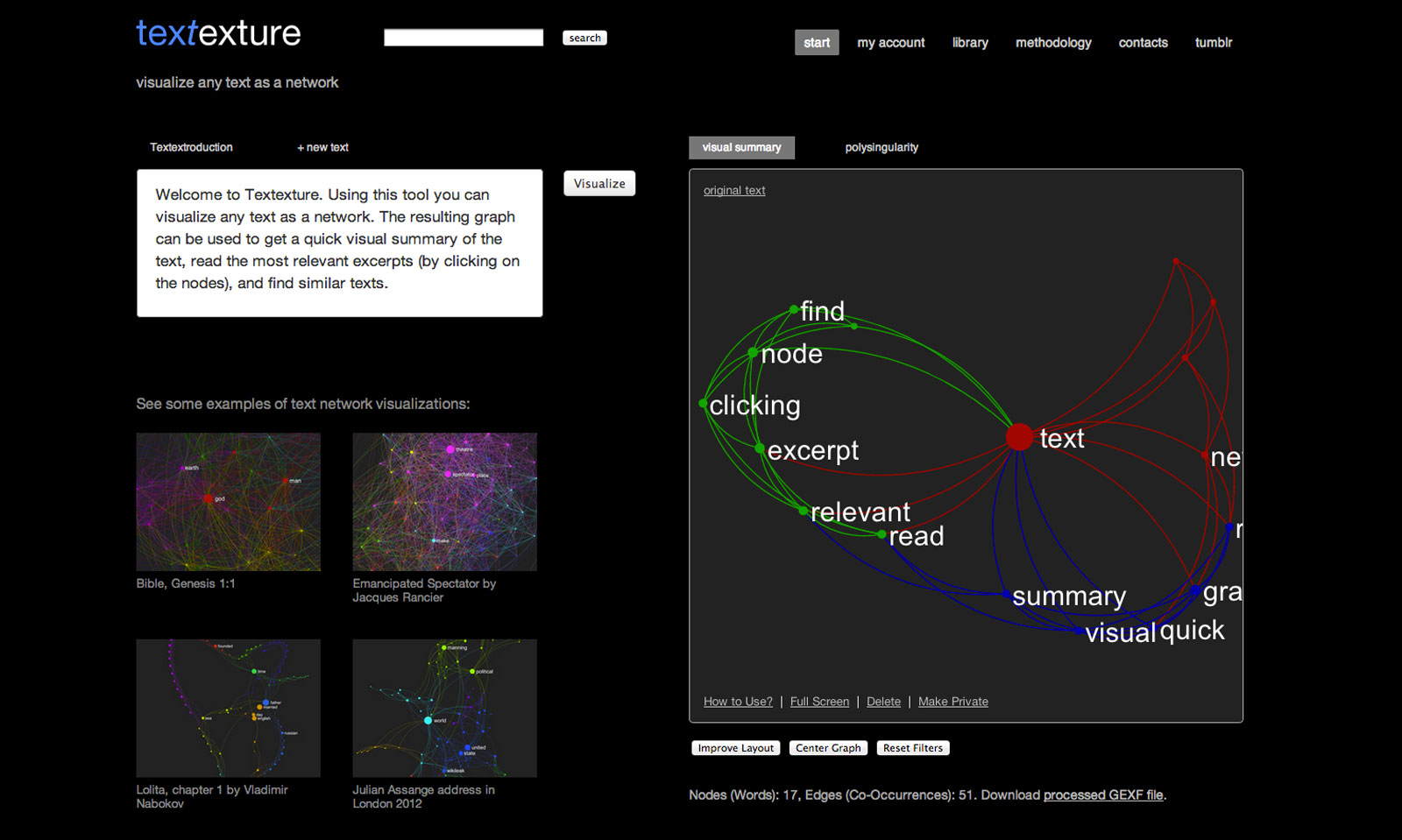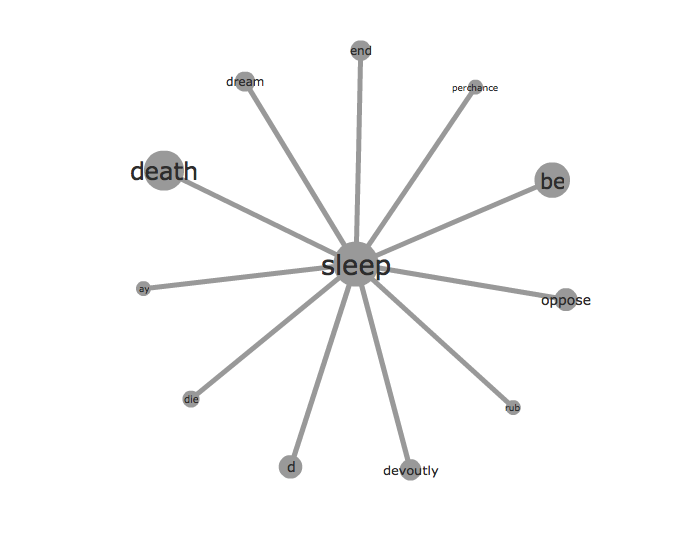Posted by Nodus Labs | June 19, 2013
Detecting Events in Networks
An real event within a network is an occurrence that produces the new topology: the edges between the nodes that didn’t exist before, the constellations that transcend the already existing field of possibilities. Using Alain Badiou’s propositions from “Being and Event” as well as a recent study from LIP6 lab in France, we bring together the philosophical and scientific explanations for an event, which has the capacity to change the context.



